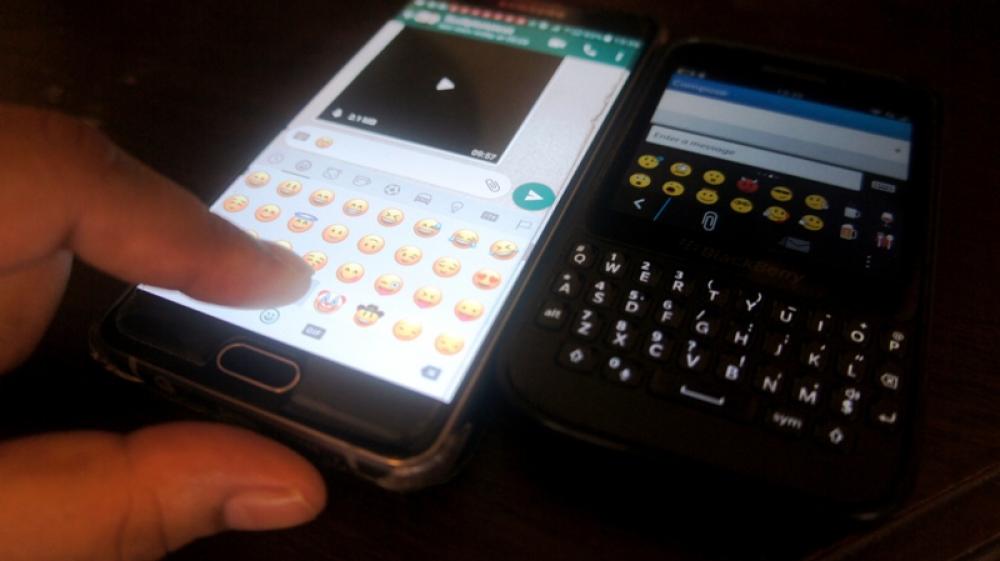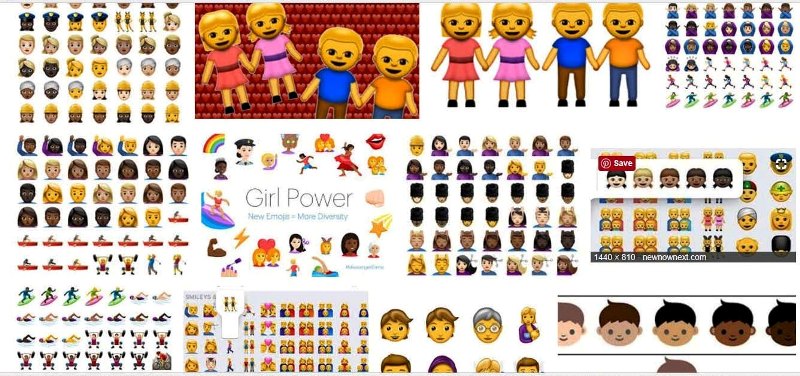Sudipto Maity | @maightyman | 06 Sep 2017, 08:55 am Print

There was a time when people used signs to communicate with each other because they did not have any other option before language developed. Those signs slowly began to take shape in the form of patterns and pre-historic men began drawing on walls of caves. Cut to the modern age and nothing has changed, it seems. We still use signs to communicate. Perhaps we don’t go about drawing on the walls of caves any more. Instead we use a short cut communication message through the all-pervasive and popular ‘emoji’. It is described as, “a small digital image or icon used to express an idea or emotion in electronic communication.”
As emojis proliferate in different avatars, there is some soul searching going on too. Has the emoji made life easier to communicate in this rush-rush age?
How are the millennials faring when it comes to the use of emoji?
But first, why do we use the emoji?
“We mostly use emojis like gestures, as a way of enhancing emotional expressions,” points out Linda Kaye, senior lecturer in psychology at Edge Hill University in the UK.
“There are a lot of idiosyncrasies in how we gesture, and emojis are similar to that, especially because of the discrepancies as to how and why we use them,” she adds in article she was quoted.
The quickest way but too impersonal...
Many agree that the emoji makes a message too impersonal. However, the silver lining is that it is the quickest way to convey one’s message.
“Emojis are certainly a good way to communicate an idea in the quickest way possible. But I also think it makes the communication impersonal,” says filmmaker and LGBTQ activist Sridhar Rangayan.
Tulika Bhaduri, a Kolkata-based PR professional, feels that an emoji can never substitute a live conversation.
“Emoji exaggerates communication gap since every emotion can’t be justified with a mere symbol. There has to be a soul in a conversation which the use of the emoji can never fill in,” she feels.
Some like international Tennis umpire Saibal Banerjee feels that the concept of emoji is flawed. Banerjee states that one should communicate for the need of it. “If I want to wish my mother on her birthday, I should be able to pick up the phone and call her. And if that is not a viable option, a simple message instead of the emoticons is way better.”
Age doesn’t matter, personality does
“The way millennials use these emojis is amazing while expressing themselves, and certainly they understand it better,” says Rangayan.
However, US comedian Dane Cook has a theory of his own.

Catering to a room full of listeners, he jokes, “It’s like Egyptian hieroglyphics, you can”t decipher it. Nobody knows, only the Illuminati knows what the f**k those girls are sending back and forth to each other.”
The punch line is met with loud cheers and claps. It’s only a joke, or is it?
In a 2014 survey among Americans, around 1000 in number, the data showed that only 54 per cent of emoji users were in the age group of 18-34 (millennials).
Use of emoji may actually be more closely related to personality than age, say experts.
Racism? Diversity? Take your pick
On July 17, an unsuspecting Tim Cook tweeted that his company Apple was launching a new set of emoji, one that consisted of a ‘hijab’ emoji. What followed thereby was a tug of war between people who thought it was a great idea and the others who slammed it for being too pro-Islamic.
Replying to Cook’s tweet, a Twitter user wrote: “The hijab is a symbol of oppression. By including it as an emoji you are showing your support for the oppression of women.”
Yay! Now we can celebrate indoctrinating girls with fairytales, and promote sexism, all in just one emoji! @cue @pschiller @badassboz pic.twitter.com/QPbBWS9jpM
— Robbie Bone (@RobbieBone) July 17, 2017
While another user tweeted sarcastically: “So Apple is launching a hijabi emoji? Great! When can we expect one glorifying #FGM? Or marital rape? Maybe a suicide bomber one?”
Another recent development in cases of emoji is the use of various shades.
In text messaging App like WhatsApp, a user can opt to send either a white ‘thumbs up’ or a black one or a brownish one, depending on his or her wish. Earlier, it was limited to just one colour: golden.
While the golden emojis are there by default, the added flexibility has raised an important question: Do emojis promote racism via colour segregation?
“Probably promoting racism on a lighter note; however, you never know how colossal it might become when taken seriously,” feels Bhaduri.
Contrary to Bhaduri’s observation, Rangayan states that it bridges ethnic identities.
“Multi-coloured emoji are again a move towards embracing diversity and I feel it is a very welcome change. I see it as bridging ethnic identities,” he states.
Banerjee feels that multicoloured emoji were welcomed by certain groups in parts of America and Europe, who stated that it was one way to relate with one’s heritage, and hence the blame, if at all, should be shared by all users.
LGBTQ emoji definitely a welcome idea...but has its flip-side
If there is one thing agreed on about the LGBTQ emoji and the virtual world is that it has certainly done better than in real life in terms of acceptance. However, there is a flip-side too.
“Inclusion of LGBTQ emoji is definitely a very welcome idea and the community feels included and integrated into mainstream conversation. The virtual world is definitely more open and embracing of diversity,” says Rangayan. But he adds, “Therein lies a danger too. Most youngsters seem to be comfortable in the virtual cocoon and can get very depressed when they encounter discrimination and violence in the real world because of their sexual orientation or gender identity”
For Bhaduri, the issue should be looked into with more detail and consideration.
“LGBTQ is a serious subject and according to me it has to be considered on real platforms rather than acknowledging it on virtual ones,” she says.
Even though cyber bullying is a grave crime, the number of deaths resulting from it is much fewer than those stemming from shootouts and knife attacks.
This issue also has Rangayan worried. As he says, “In the virtual world people can only troll with words, but in the real world, they can be even physical in their aggression.”
It can be racist in a way. It can churn up a controversy, but there’s no denying that emoji are a go-to tool in electronic conversations today. However, nothing beats a short crisp sentence, while trying to convey a message.
- TIFF: ‘Carry It On’ is a tribute to Canadian-American indigenous singer-songwriter Buffy Sainte-Marie’s life
- TIFF: ‘In Her Hands’ personifies Zarifa Ghafari’s courage in the run-up to Taliban takeover in Afghanistan
- Shekar Kapur's cross-cultural romcom 'What’s Love Got To Do With It?’ starring Shabana Azmi and Emma Thompson premieres at TIFF
- Vienna in audacious campaign strips on OnlyFans social network to showcase historical nude art
- Golden Week Holiday: Japanese join Tibet Festival Japan






